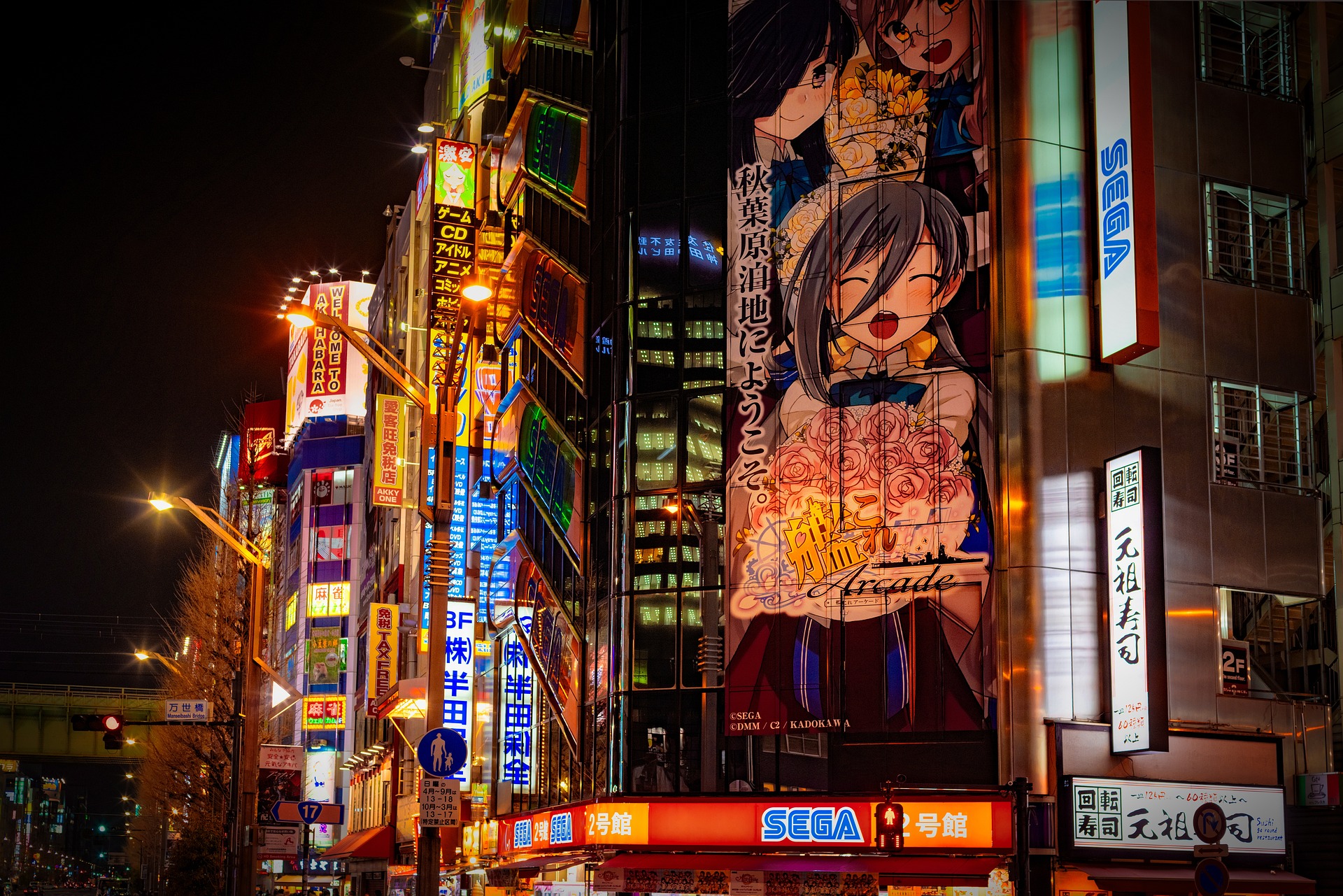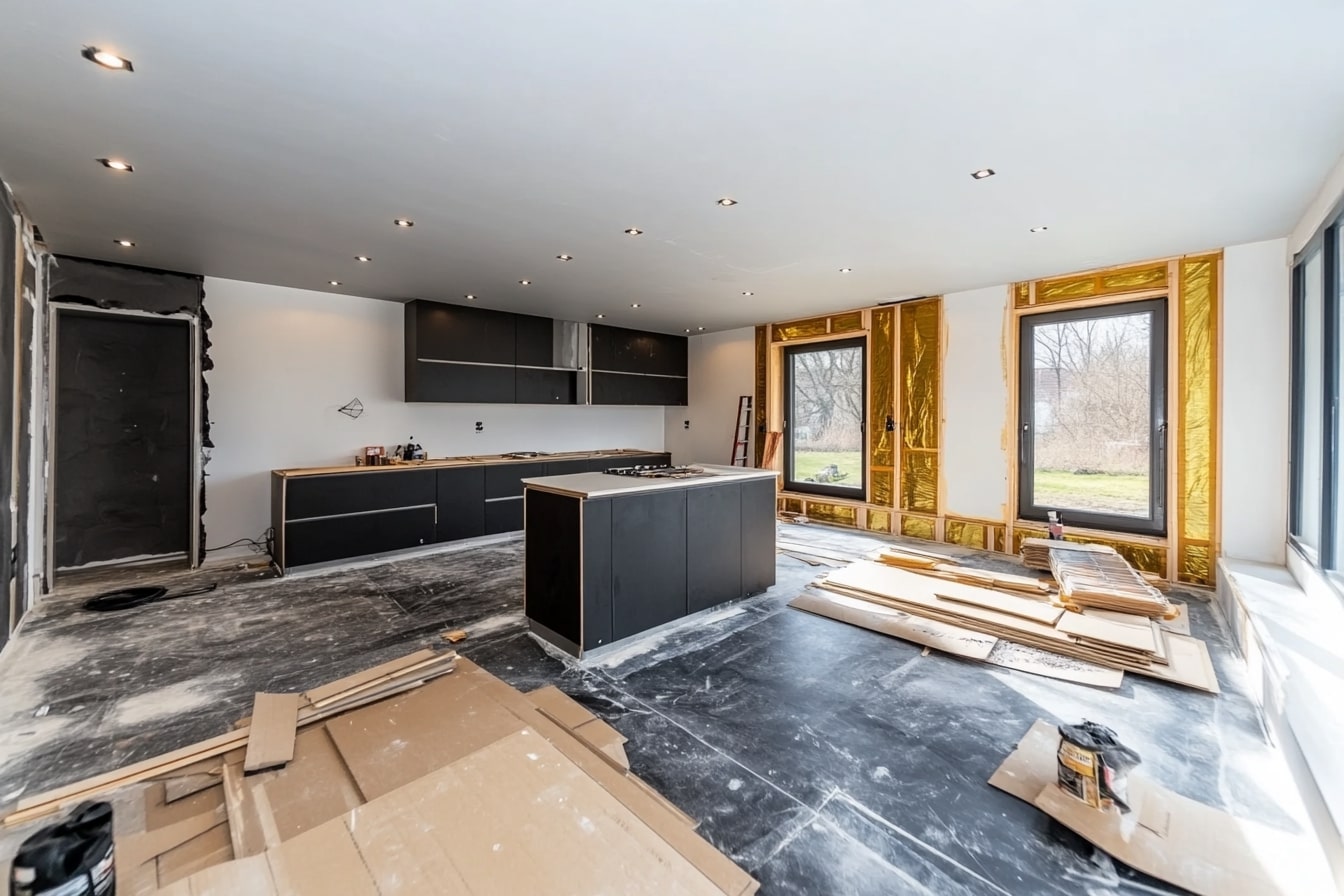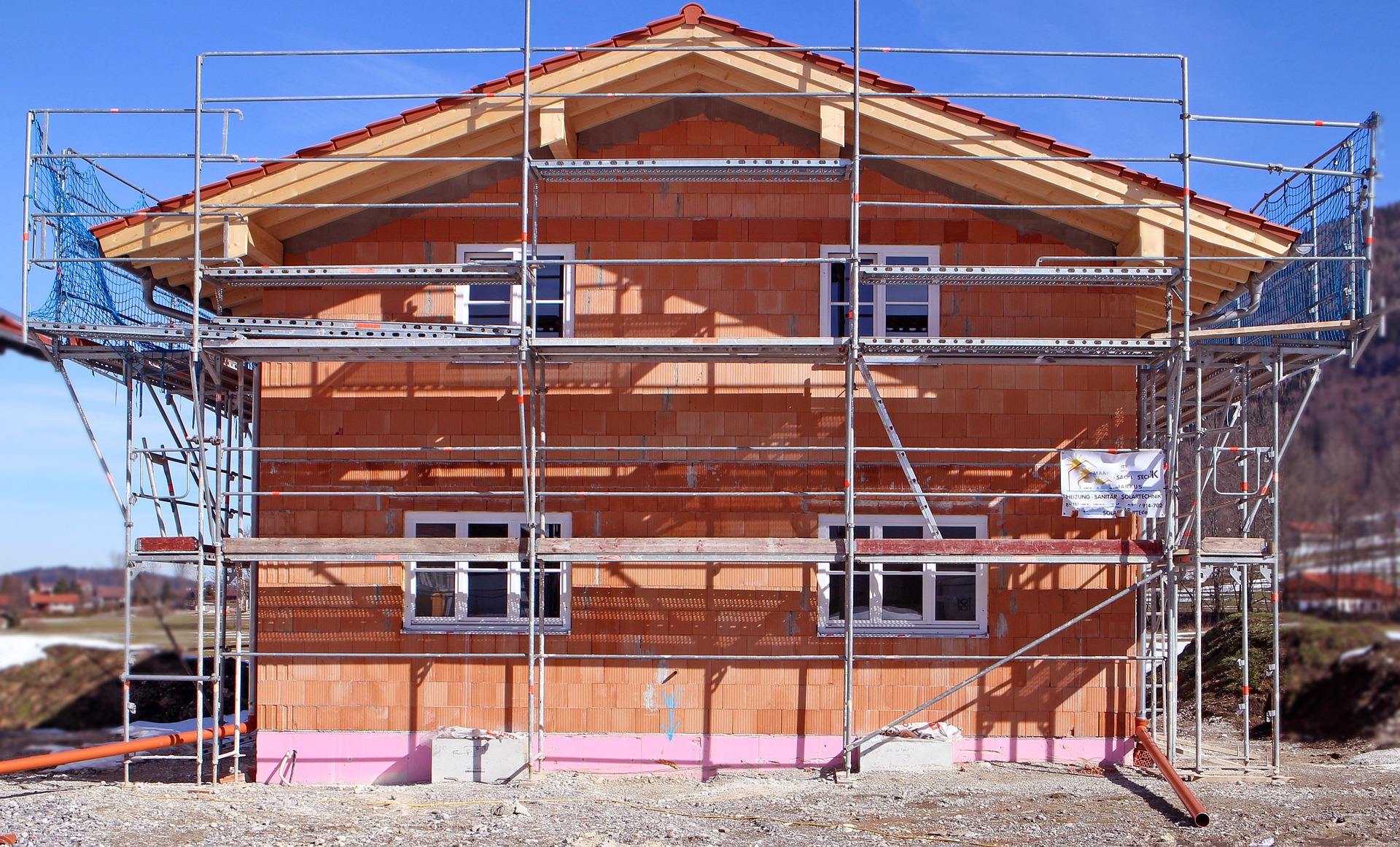"Bridging Reality and Fantasy: The Ascendance of Virtual Reality in Theatre"
Introduction: Step into a world where reality and fantasy merge seamlessly. This is the realm of Virtual Reality (VR) in theatre—a groundbreaking trend transforming the way audiences experience live performances. The theatre has always been a space for innovation and reinvention. Its history is marked by continuous evolution, driven by the desire to offer audiences more immersive, engaging experiences. From the introduction of electric lighting in the late 19th century to the rise of multimedia presentations in recent decades, theatre has never shied away from embracing new technology.
Virtual Reality: A Game Changer
In recent years, a new innovation has emerged on the theatre scene—Virtual Reality. VR’s unique ability to transport users into a fully immersive, three-dimensional environment has opened up unprecedented possibilities for theatre. Through VR, audiences can now step into the shoes of a character, explore the setting, or even influence the course of the narrative.
The Current Scenario
Several theatre companies are already leveraging VR’s potential to reinvent the theatre experience. For instance, London’s Royal Shakespeare Company partnered with tech firm Magic Leap in 2018 to create a mixed-reality spectacle of “The Seven Ages of Man,” a monologue from Shakespeare’s “As You Like It.” Similarly, the National Theatre’s Immersive Storytelling Studio has been pioneering various VR projects to explore new forms of narrative and performance.
The Impact and Reception
The use of VR in theatre has been met with mixed reactions. On one hand, it has been hailed as a revolutionary tool that can transform theatre into a more interactive, immersive experience. On the other hand, it has faced criticism for potentially undermining the shared, communal aspect that is integral to theatre. Despite these concerns, the trend continues to gain momentum, indicating that VR may well be the future of theatre.
Looking Ahead
While it’s still early days for VR in theatre, the possibilities are exciting. As technology progresses, we can expect to see more sophisticated VR experiences that push the boundaries of what’s possible in theatre. The marriage of VR and theatre is a testament to the art form’s enduring ability to adapt and innovate, promising a thrilling new chapter in its rich history.
In conclusion, VR in theatre represents a fascinating intersection of technology and artistry. Its growing influence underscores the theatre’s unending quest for innovation, offering a glimpse into the future of live performances. As we continue to navigate this new frontier, one thing is clear: the stage is set for a truly immersive theatre experience like never before.





